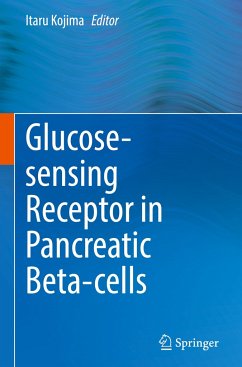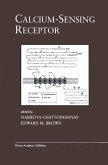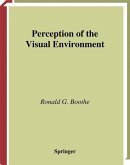Since the 1970s, there has been much discussion about the "glucoreceptor" and "substrate site" and which of these two is the dominant theory, but new findings on the glucose-sensing receptor have now shed new light on the "glucoreceptor theory."
This volume reviews recent advances concerning the glucose-sensing receptor in pancreatic beta-cells.
The history of research into pancreatic beta-cells is long and complex; accordingly, the first chapters present the history of this field and explain the hypothesis of insulin secretion mechanisms: "glucoreceptor theory".
Subsequent chapters examine the function and activity of the glucose-sensing receptor in pancreatic beta-cells, such as identification, channel pathway, receptor signal and physiological role. Readers will gain a thorough understanding of the glucose-sensing receptor and glucose metabolism in pancreatic beta-cells, new insights into the pathophysiology of diabetes, and learn about new targets for the treatment of diabetes.
This volume reviews recent advances concerning the glucose-sensing receptor in pancreatic beta-cells.
The history of research into pancreatic beta-cells is long and complex; accordingly, the first chapters present the history of this field and explain the hypothesis of insulin secretion mechanisms: "glucoreceptor theory".
Subsequent chapters examine the function and activity of the glucose-sensing receptor in pancreatic beta-cells, such as identification, channel pathway, receptor signal and physiological role. Readers will gain a thorough understanding of the glucose-sensing receptor and glucose metabolism in pancreatic beta-cells, new insights into the pathophysiology of diabetes, and learn about new targets for the treatment of diabetes.








